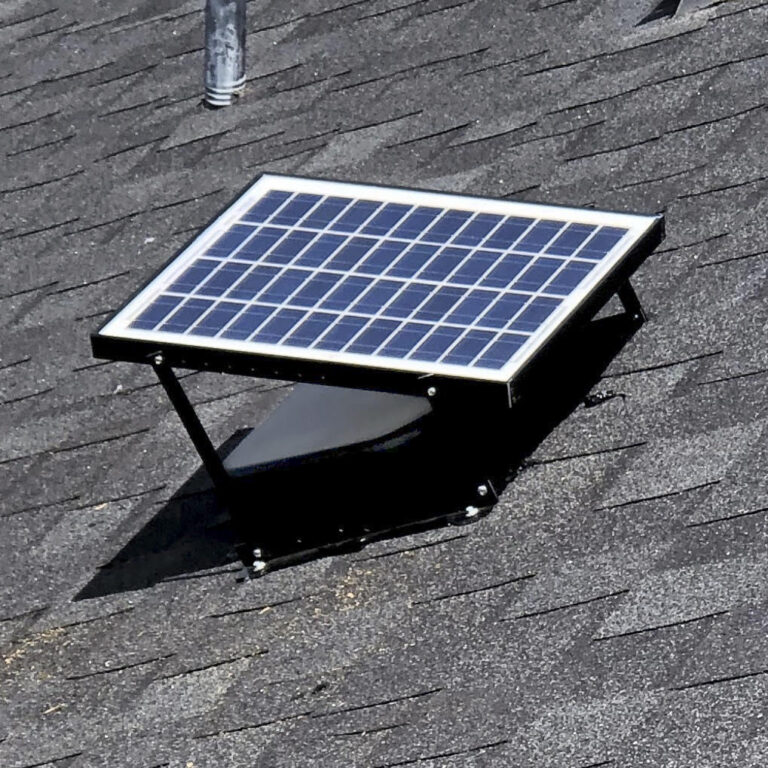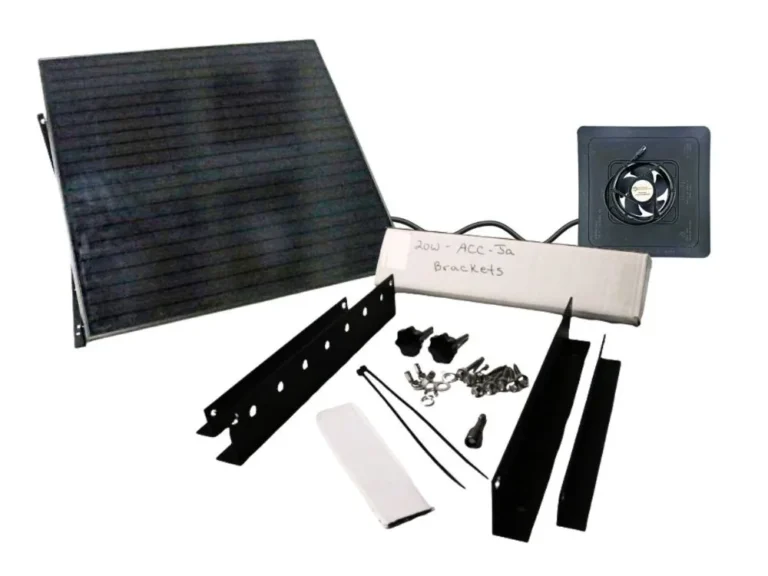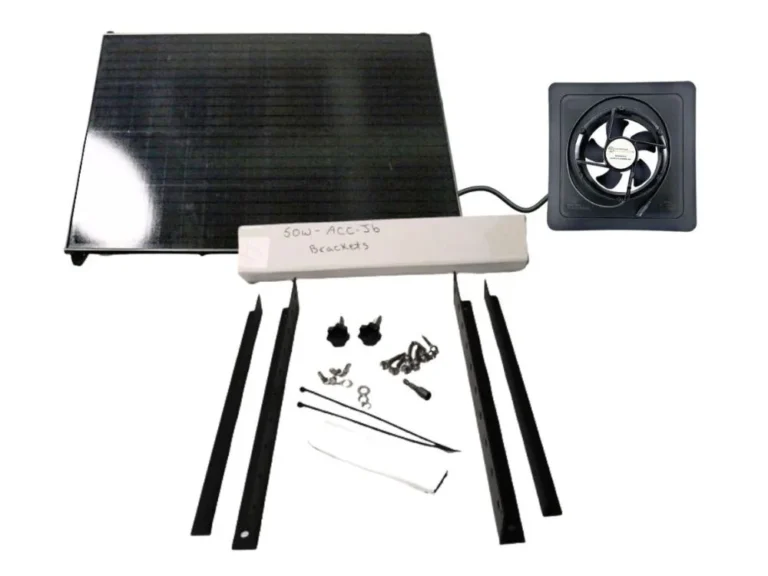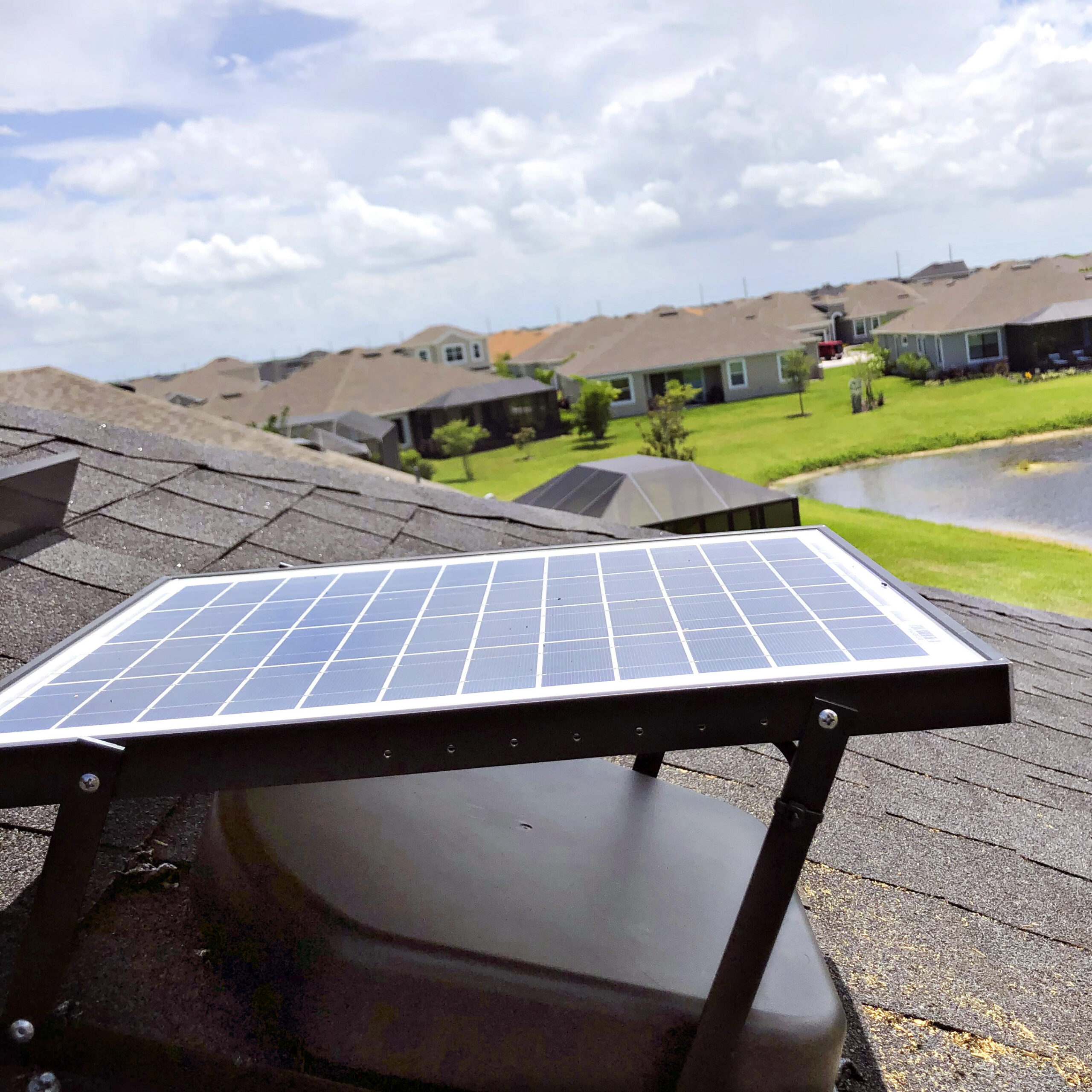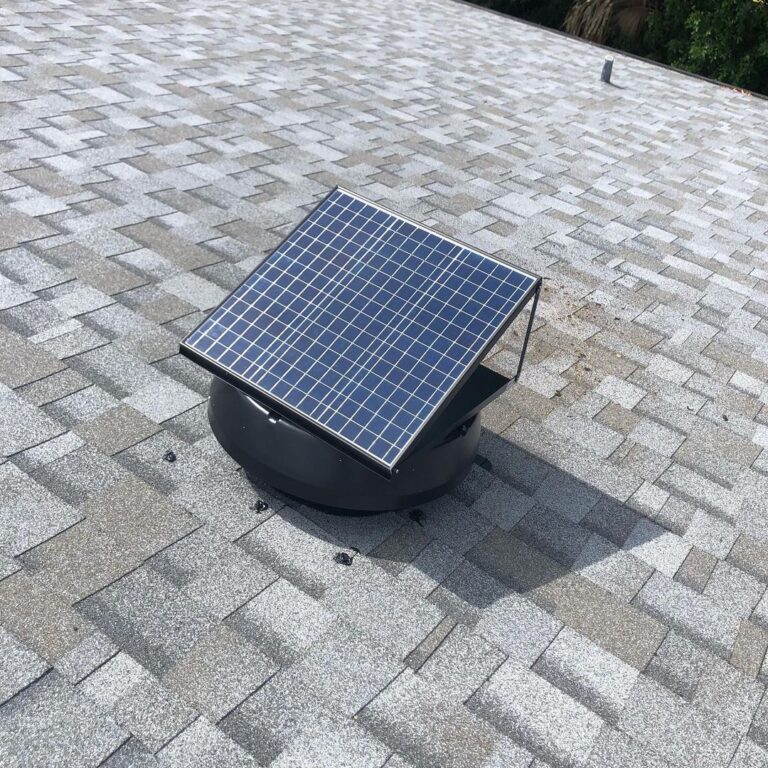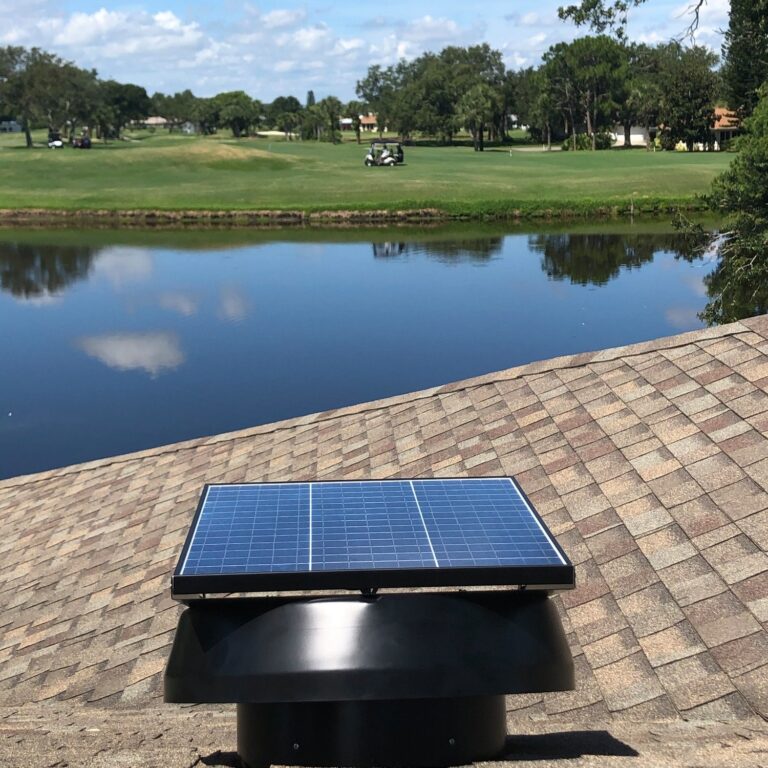Like humans and animals, your home’s attic needs to breathe to stay healthy. The mechanics of breathing for your home, however, are very different. In this article, we discuss active vs passive ventilation.
In winter, rising hot air inside your home causes condensation to accumulate when it cools upon contacting your attic’s interior. This in turn can lead to mould, mildew and other airborne pollutants piling up indoors, causing health concerns. This condensation can also cause ice damming and, upon melting, water. These can potentially damage your roof shingles and the inside of your home. During the summer months, a home without adequate airflow will trap hot air inside, leading to expensive air conditioning costs.
To address these problems, buildings rely on two main methods to inhale and exhale: passive and active ventilation.
Passive ventilation
Most homes in Canada breathe through passive ventilation alone. This system uses roof vents that do not have any motorized or mechanical parts. The differences in air density between your home’s interior and exterior cause air to flow in and out of vents.
Relying on passive ventilation alone satisfies the minimum requirements of most building codes. However, the amount of ventilation your home gets can vary. Changes in indoor and outdoor temperature, wind speed, amount of moisture in the air, and even the design of your roof affect whether your home gets enough airflow to ward off potential health concerns and water damage. To ensure your attic is breathing as well as it can be, you may wish to consider adding active ventilation systems.
Active ventilation
Unlike passive roof vents, active ventilation uses a motorized fan to force air in and out of your attic. This ensures that your home is always breathing consistently, regardless of what conditions are like inside or outside. These kinds of vents are self-regulating and will turn on when passive roof vents need an extra boost. They will shut off automatically at times when passive roof vents have achieved enough airflow on their own.
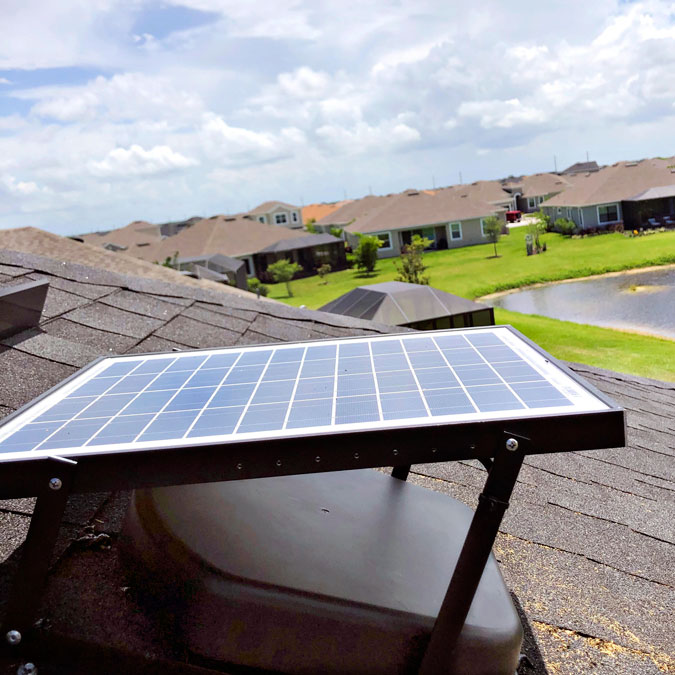
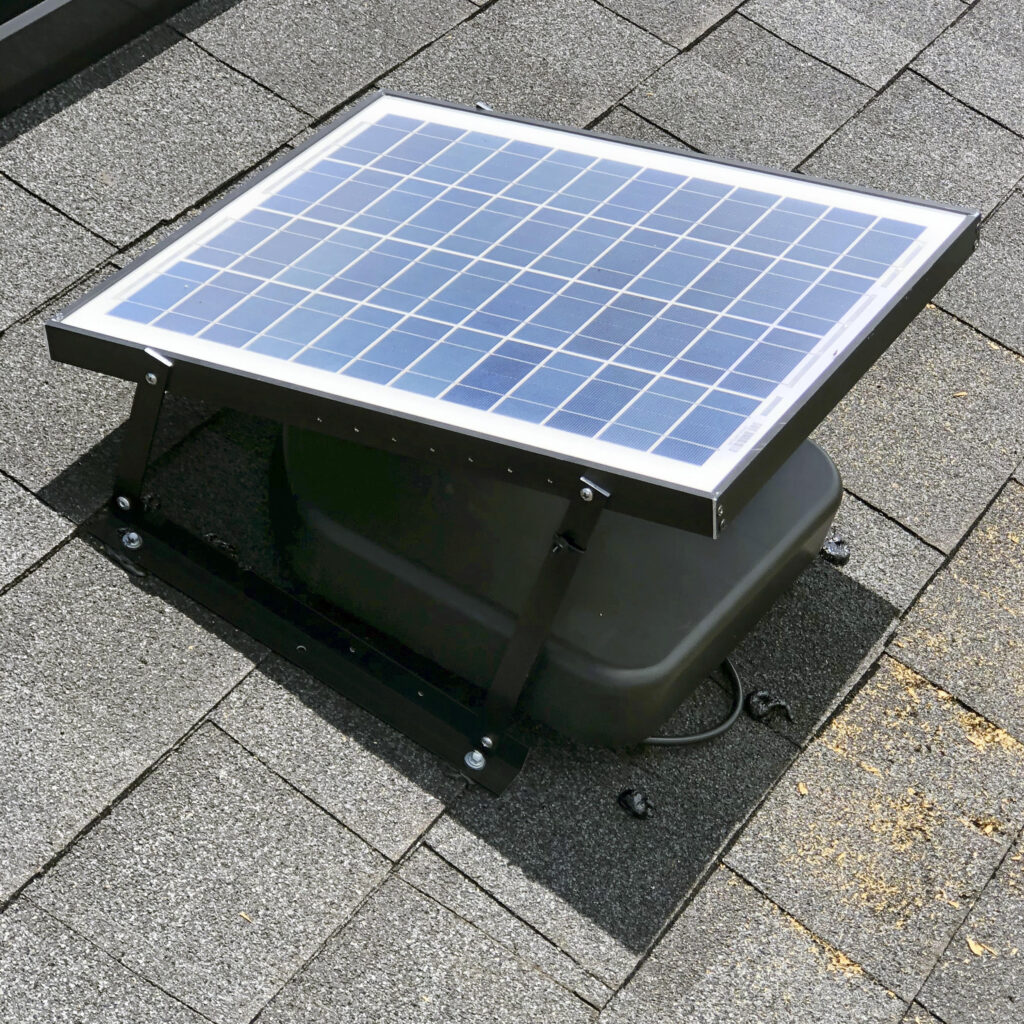
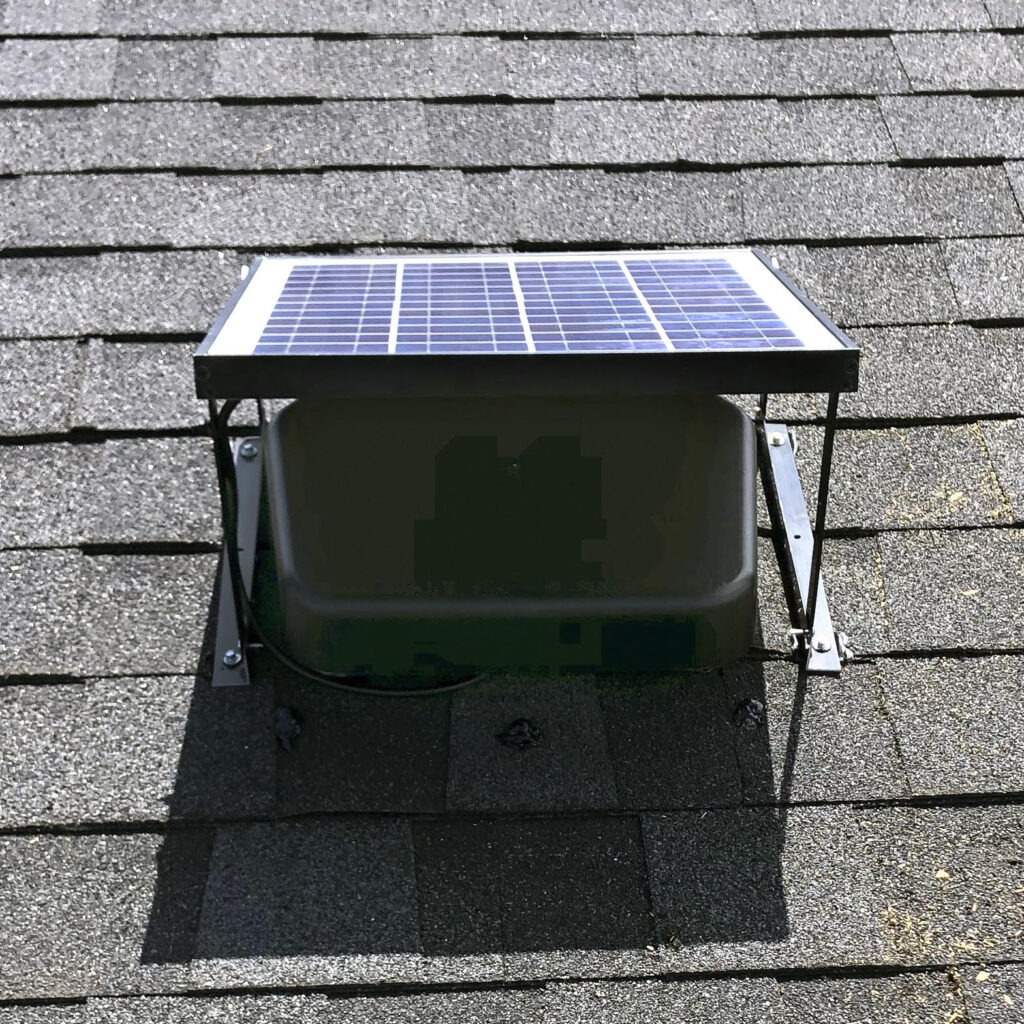
Due to their motorized design, active vents need energy to function, but that doesn’t mean you will be stuck with hefty electricity bills. Solar powered active vents, like the kinds produced by International Solar Solutions, provide homeowners with a cost-effective and environmentally-friendly solution for active ventilation.
Active vents are also incredibly versatile. As we’ve covered before, they can be used to ventilate a large array of buildings, including storage sheds, modular outdoor offices and even portable toilets.
Active vs passive ventilation: The denominator
Nonetheless, what’s more efficient between active and passive ventilation must not rely to your preference. It should be their functions’ suitability to what your home needs.
Whether active or passive, International Solar Solutions has options to ensure your home is breathing clean air
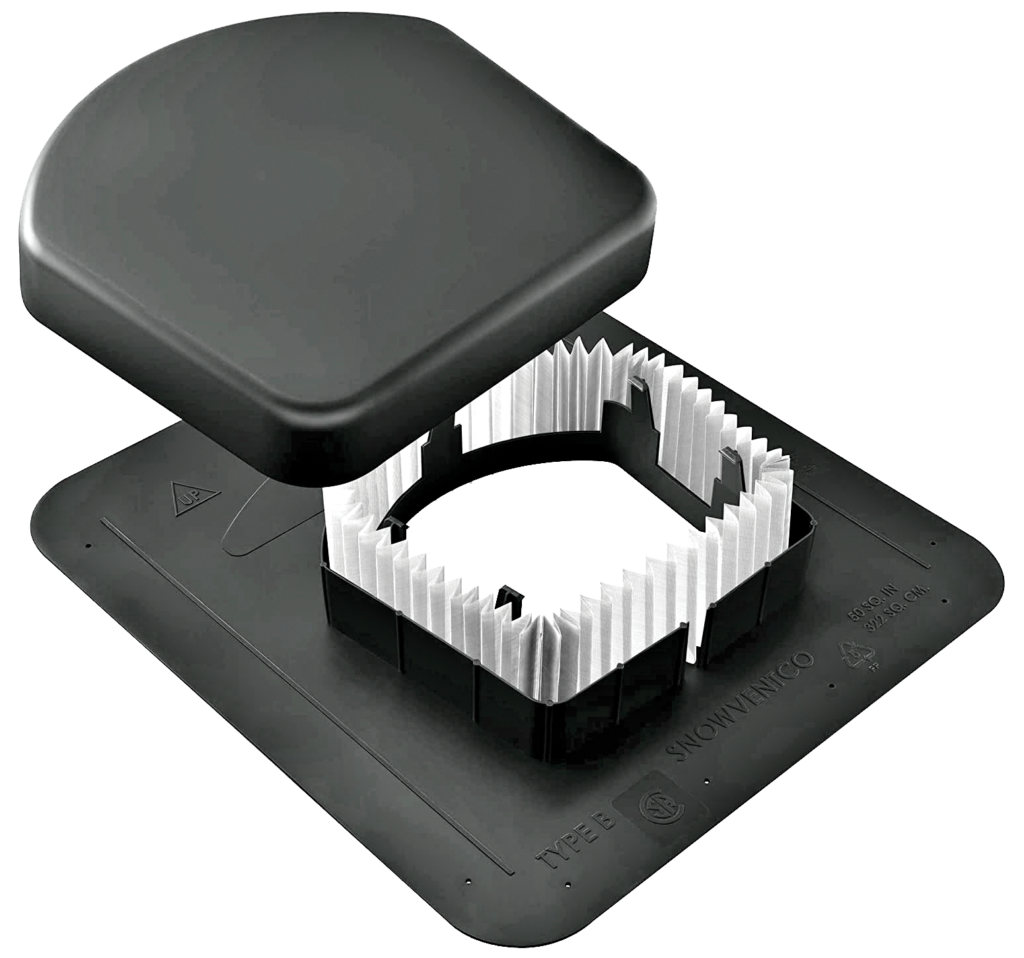
We now offer the SNOWVENTCO smart vent cover, featuring a built-in stainless steel micropore filter that guarantees only clean air enters your home. Homeowners can choose to have this cover installed over passive vents, or to have it fitted over our iSolar 20W106-FLEX solar-powered fan for active ventilation. Its clog-free design exceeds industry standards for airflow, while the hail-resistant pleated filter keeps out 99 per cent of unwanted elements, including snow, rain, animals, moisture and mould. The filter is also self-cleaning, using the outflow of warm air from the attic for this purpose.
No matter what ventilation solutions your home requires, our staff at International Solar Solutions can help. For more information, we can be reached at 1-844-684-7723 or by email at info@isolarsolutions.com.

